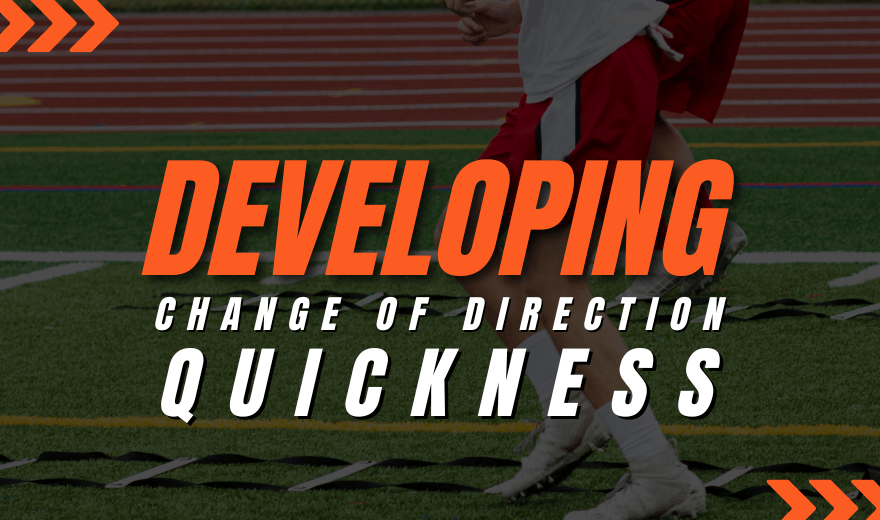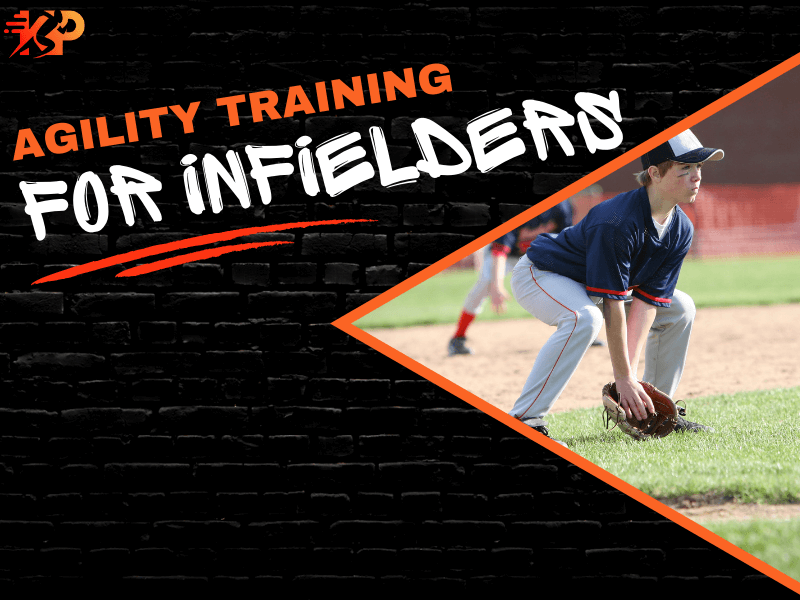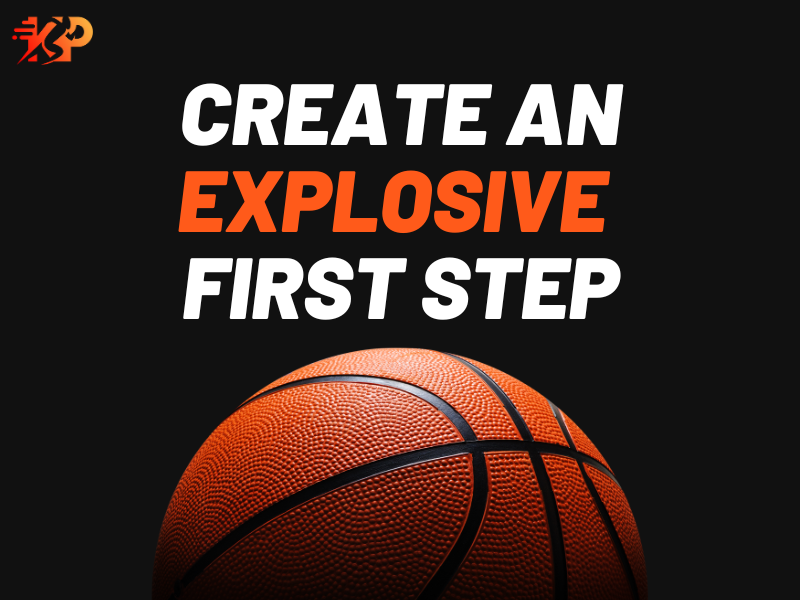Developing Change of Direction Quickness in Youth Athletes
By Mark Keil, CSCS
Posted on August 1, 2024

Developing Change of Direction (COD) Quickness in youth athletes is essential for enhancing their performance in sports such as soccer, baseball, basketball, football, and tennis.
Change of Direction Quickness refers to an athlete’s ability to rapidly change direction while maintaining control and speed. This skill is crucial not only for athletic performance but also for reducing sport-related injuries.
In this article, we will examine the fundamental aspects of COD Quickness, the importance of age-appropriate training, and practical exercises and drills for developing this skill in youth athletes.
Understanding Change of Direction Quickness
Change of Direction Quickness involves a combination of agility, speed, strength, and neuromuscular coordination. It requires athletes to decelerate, change direction, and accelerate again as quickly as possible.
This process involves several key components:
1. Deceleration: The ability to slow down quickly and under control.
2. Foot Placement: Efficient footwork to optimize movement efficiency.
3. Body Positioning: Proper alignment and balance to maintain control.
4. Acceleration: The ability to re-accelerate after changing direction.
Critical Exercises and Drills for Developing COD Quickness
1. Fundamental Movement Skills
Before diving into specific COD drills, youth athletes should develop a strong foundation in fundamental movement skills. These include:
Running Mechanics: Proper running form (forward lean, arm mechanics, etc.). By the way, I train athletes across multiple sports every week at World Baseball Outreach. If you’re interested, sign up your athlete to try it out for FREE!
Jumping and Landing: Develop explosive power and control through various jumping exercises, emphasizing soft and balanced landings.
Balance and Coordination: To enhance overall stability, incorporate exercises like single-leg stands, single-leg squats to a chair, max verticals, etc.
2. Agility Ladder Drills
Agility Ladder Drills are an excellent way to improve footwork, coordination, and agility. Start with basic ladder drills and progress to more complex patterns as the athlete becomes proficient.
One-In: The athlete steps quickly through the ladder with one foot in each square. They should focus on forward lean and arm mechanics while staying light on their toes.
Two-In: The athlete steps quickly through the ladder, moving two feet into each square. You’ll pick one foot to lead with (right or left) and repeat the drill with the other leading during the subsequent rep.
Lateral In-In, Out-Out: The athlete steps to the side of the ladder; when the ladder is to their right, their right foot will lead, and when the ladder is to their left, their left foot will lead. They will step in with the lead foot, follow the lead foot by bringing the second foot into the square, then step out to the side slightly with the lead foot and closely follow it with the trailing foot. They will repeat this movement down the ladder and then repeat the drill with the other foot leading when they move the other direction.
3. Cone Drills
Cone drills are versatile and can be used to develop various aspects of COD Quickness, including deceleration, acceleration, and change of direction.
T-Drill: Set up four cones in a T-shape. The athlete starts at the base of the T, sprints to the middle cone, shuffles to the left and right cones, and backpedals to the starting position.
Pro Agility Drill: Set up three cones in a straight line, five yards apart. The athlete starts at the middle cone, sprints to one end, changes direction, sprints to the opposite end, and finishes back at the middle cone. Click here for instructions on how to perform the Pro Agility Drill.
Box Drill: Set up four cones in a square. The athlete moves around the box in various patterns, such as sprinting, shuffling, or backpedaling, to practice changing direction at each corner.
4. Plyometric Exercises
Plyometric exercises develop explosive power and improve an athlete’s ability to generate force quickly, which is essential for COD quickness.
Box Jumps: The athlete jumps onto a sturdy box or platform, focusing on explosive takeoff and controlled landing.
Lateral Bounds (or Skaters): The athlete performs side-to-side jumps, emphasizing quick lateral movements and balance.
Single-Leg Hops: The athlete hops forward on one leg, focusing on power, balance, and control.
5. Reactive Drills
Reactive drills simulate game-like scenarios in which athletes must respond quickly to unpredictable stimuli. They enhance neuromuscular coordination and decision-making skills.
Mirror Drill: Pair up athletes, with one leading and the other mirroring their movements. The leader performs various COD movements while the follower reacts and matches their movements.
Reaction Ball Drill: Use a reaction ball (a ball with an irregular shape) that bounces unpredictably. The athlete must react quickly to catch or retrieve the ball.
Coach Commands: The coach gives verbal or visual commands, and the athlete must react quickly by changing direction, sprinting, or performing specific movements.
Integrating COD Training into a Program
To effectively develop COD quickness in youth athletes, incorporate these exercises and drills into a structured training program. Here are some guidelines:
- Warm-Up: Start with a dynamic warm-up with mobility exercises, dynamic stretches, and low-intensity agility drills to prepare the body for more intense activities. (Foam Rolling is great, too, if the athletes are in Middle School age or older).
- Skill Development: Focus on fundamental movement skills and basic agility drills to build a strong foundation.
- Progressive Drills: Gradually introduce more complex drills and exercises as the athlete’s skills improve.
- Variety: To maintain motivation and prevent burnout, keep training sessions varied and engaging by incorporating different drills and exercises.
- Cool-Down: Finish with a cool-down that includes static stretching and recovery exercises to promote flexibility and reduce muscle soreness.
Conclusion
Developing Change of Direction Quickness in youth athletes is a multifaceted process that requires a balanced approach, focusing on fundamental movement skills, agility drills, plyometric exercises, and reactive drills.
By gradually increasing the complexity of exercises, coaches can help young athletes enhance their performance and reduce the risk of injuries. Ultimately, the goal is to build a strong foundation of athletic skills that will benefit the athletes throughout their sports careers and beyond.
If you live in Tulsa or the surrounding area and are looking for Speed and Agility Training near you, sign your athlete up to try it for FREE! The best part about my program? I guarantee your athlete will increase their speed!
Parents are always telling me, ‘My athlete is running so much faster now!’, ‘I can definitely tell a difference in their footwork’, ‘they used to be at the back of the group during team sprints and now they’re one of the athletes up front!’. Click here to read reviews.
Interested in having your athlete try the program for free? Click here!
Training Resources



